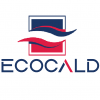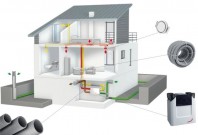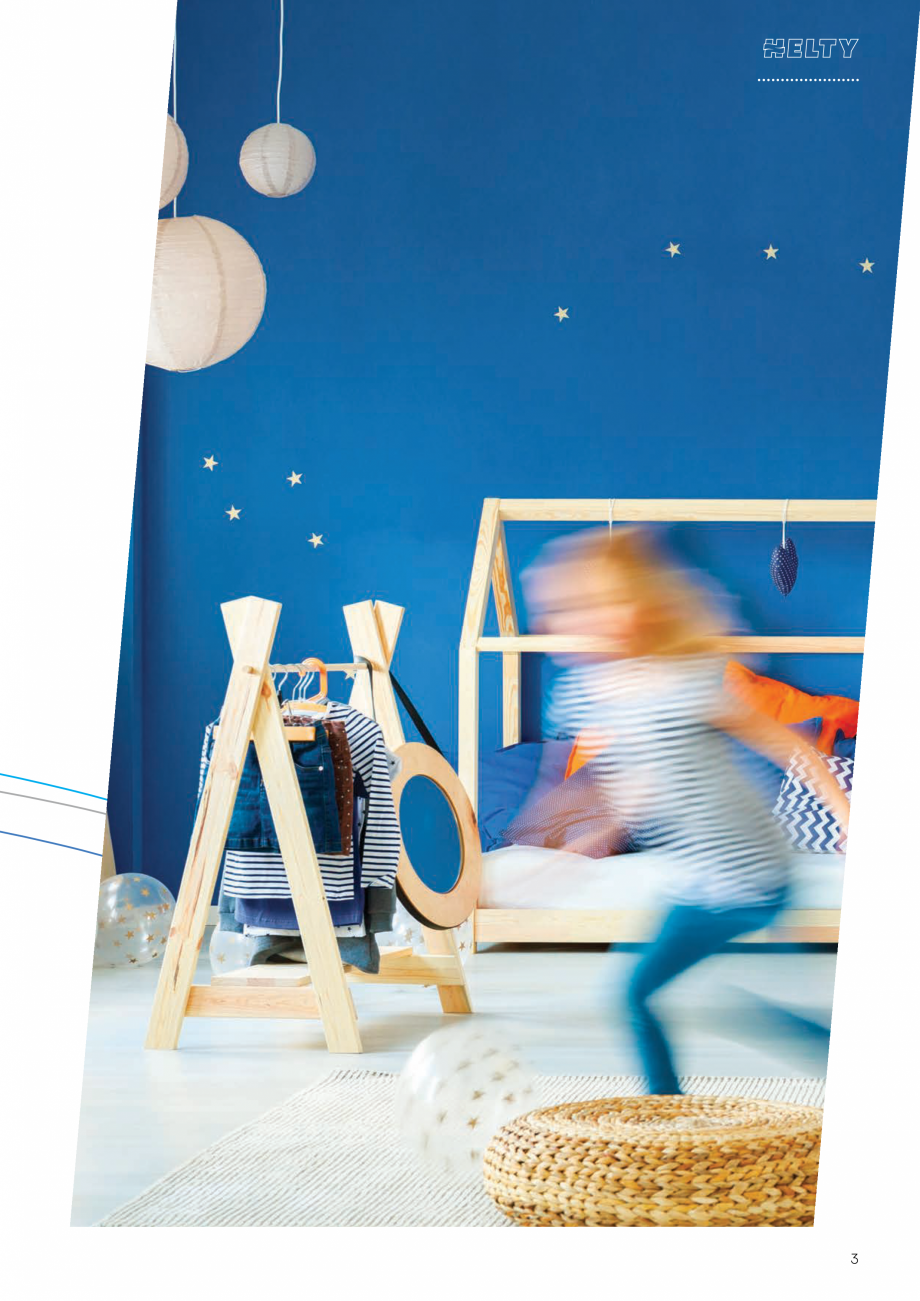Catalog unitate descentralizate de ventilatie - HELTY - 2021 ECOCALD Unitate descentralizata de ventilatie ECOCALD
Alte documentatii ale aceleasi game Vezi toate
Fisa tehnica
1 p | EN
Tubulatura de ventilatie flexibila ECOCALD
Fisa tehnica
3 p | EN
Tubulatura de ventilatie flexibila ECOCALD











































































